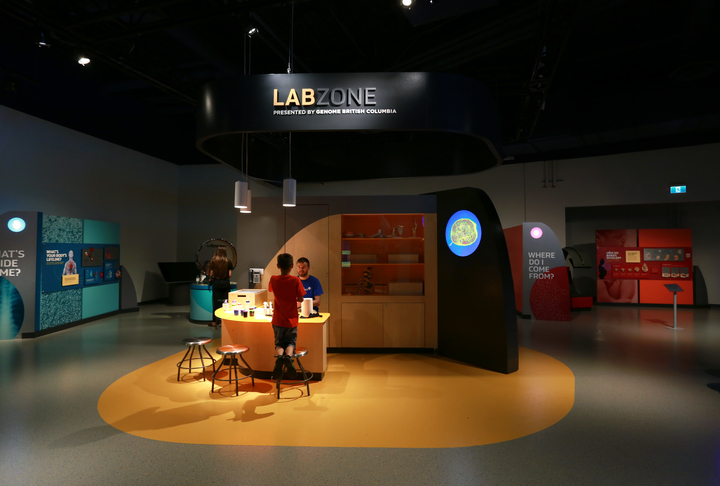In this activity, students will work in small groups to become experts on the organ system assigned to them. They will then use creative methods to share their knowledge with the rest of the class.
Organ systems are groups of organs that work together to do a job for the body they live in. They can help with gas exchange, removing waste, obtaining and transporting nutrients, sensing, and protecting the body from disease.
Organ Systems of the human body:
- Respiratory
- Circulatory
- Excretory
- Nervous
- Digestive
- Immune
- Skeletal
- Muscular
- Reproductive
In teams, students become the resident experts on one organ system, and try to convince your classmates that it is the most important in the body. They can prepare a prepare a 5-minute advertisement, debate or election campaign for their organ system.
This lesson can be used effectively to preview organ systems before exploring them in more depth. It also serves as an excellent end-of-unit review tool.

